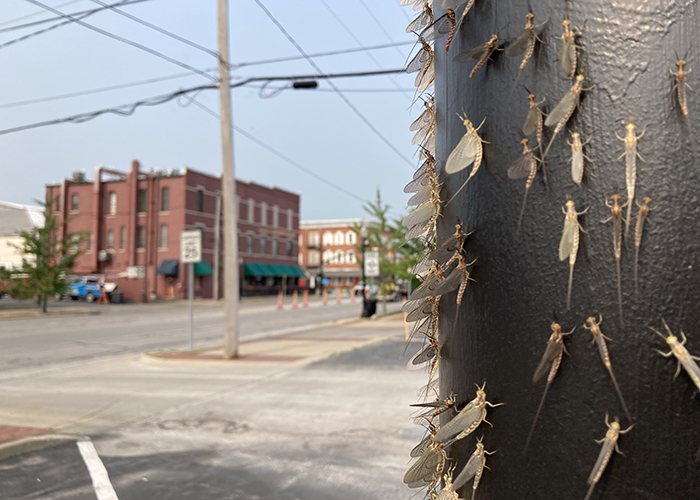 More 2021 Adventures |
Cleveland, OH → Monroe, MI → Twinsburg, OH 295.0 mi (474.8 km) |
 Next Leg |
I’m back in the Buckeye State, everyone!
My dear friends, Danielle and Sam, are moving from Cleveland to Columbus, so I’m on my way to help them. By on my way, I mean I’m on a wobbly, wobbly, winding route to see some national park sites a few days before I’m scheduled to help them! So, after my first overnight flight in a long time, I’ve arrived in Port Clinton a few hours ahead of my ferry to Put-In-Bay. Luckily, Port Clinton is full of appetizers for my hunger for history!
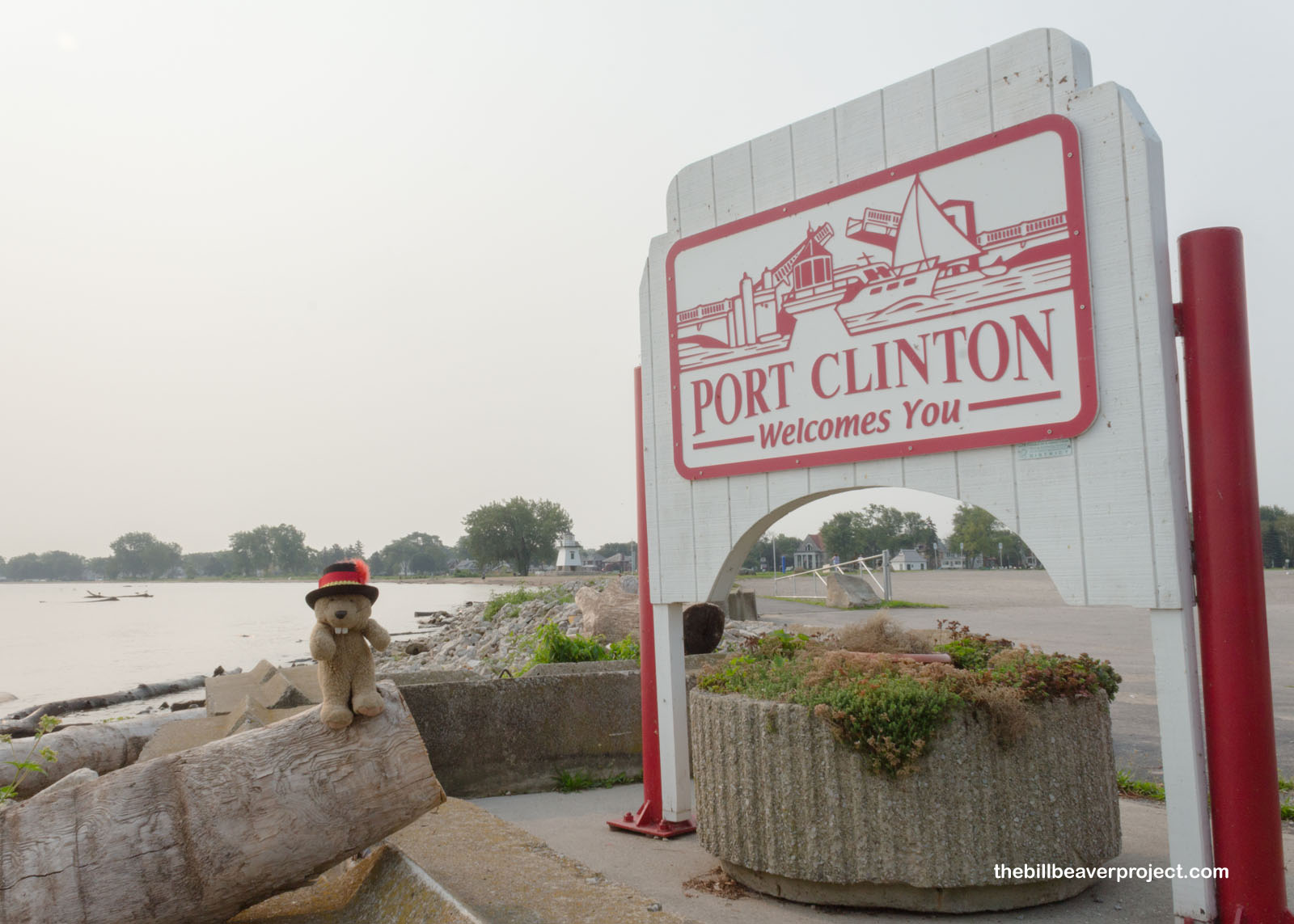 |
I immediately noticed two things in Port Clinton: the smoke from the Kenora 51 fire, which has been burning in Ontario for almost two months, and the incredible numbers of mayflies covering everything in sight from cars to buildings to, on occasion, me! It was a little unnerving, but it’s a sign of a healthy ecosystem. After seeing a metal fish sculpture full of trash salvaged from Lake Erie, I was happy to know that something was still able to thrive here!
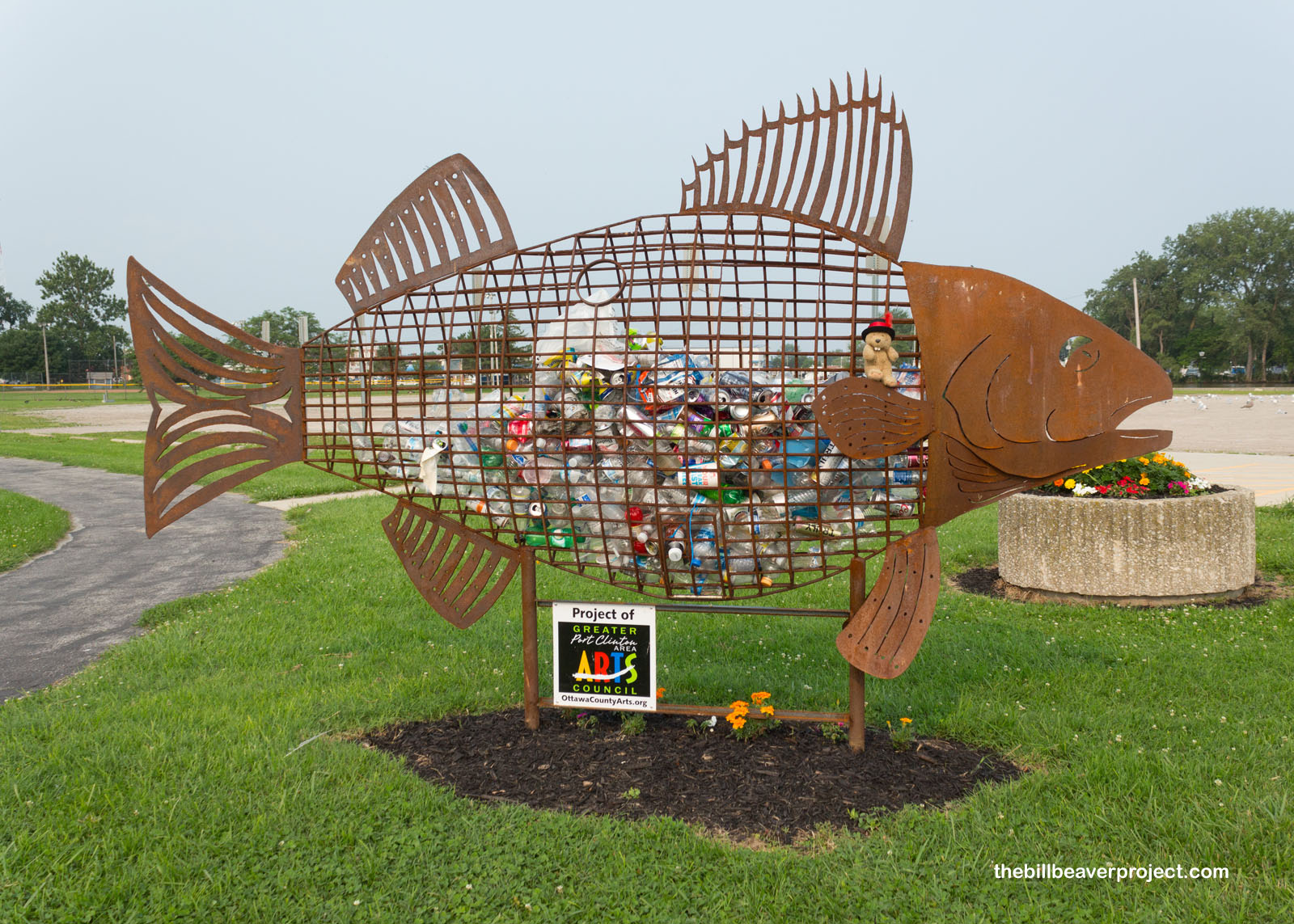 |
Port Clinton was settled in 1828, long after the events whose memorials I’m about to visit. It got its name from DeWitt Clinton, the mayor of New York whose name is also attached to Castle Clinton National Monument, and it’s home to the last timber-frame lighthouse on Lake Erie! The original Port Clinton Lightstation guided boats around the mouth of the Portage River from 1833 until 1870, but the lighthouse of today wasn’t built until 1896, after the river had been re-routed! This one ran all the way until 1952!
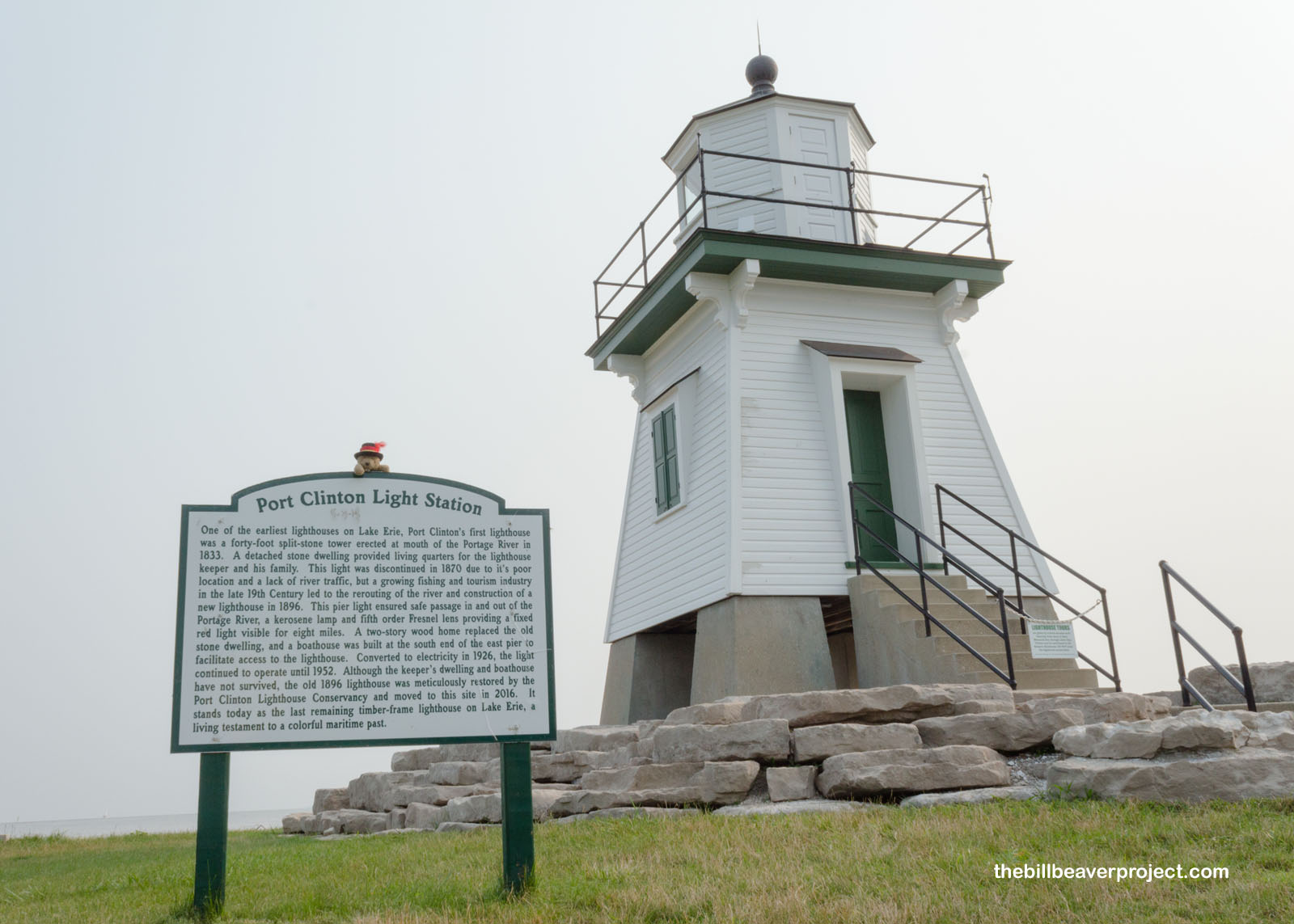 |
But the main reason I’m here in Port Clinton is to explore events that took place long before they lit up their lighthouse. Some crucial battles in the War of 1812 took place offshore, and after enjoying my historic appetizers, it was time to hop on the ferry for the half-hour ride to the main course!
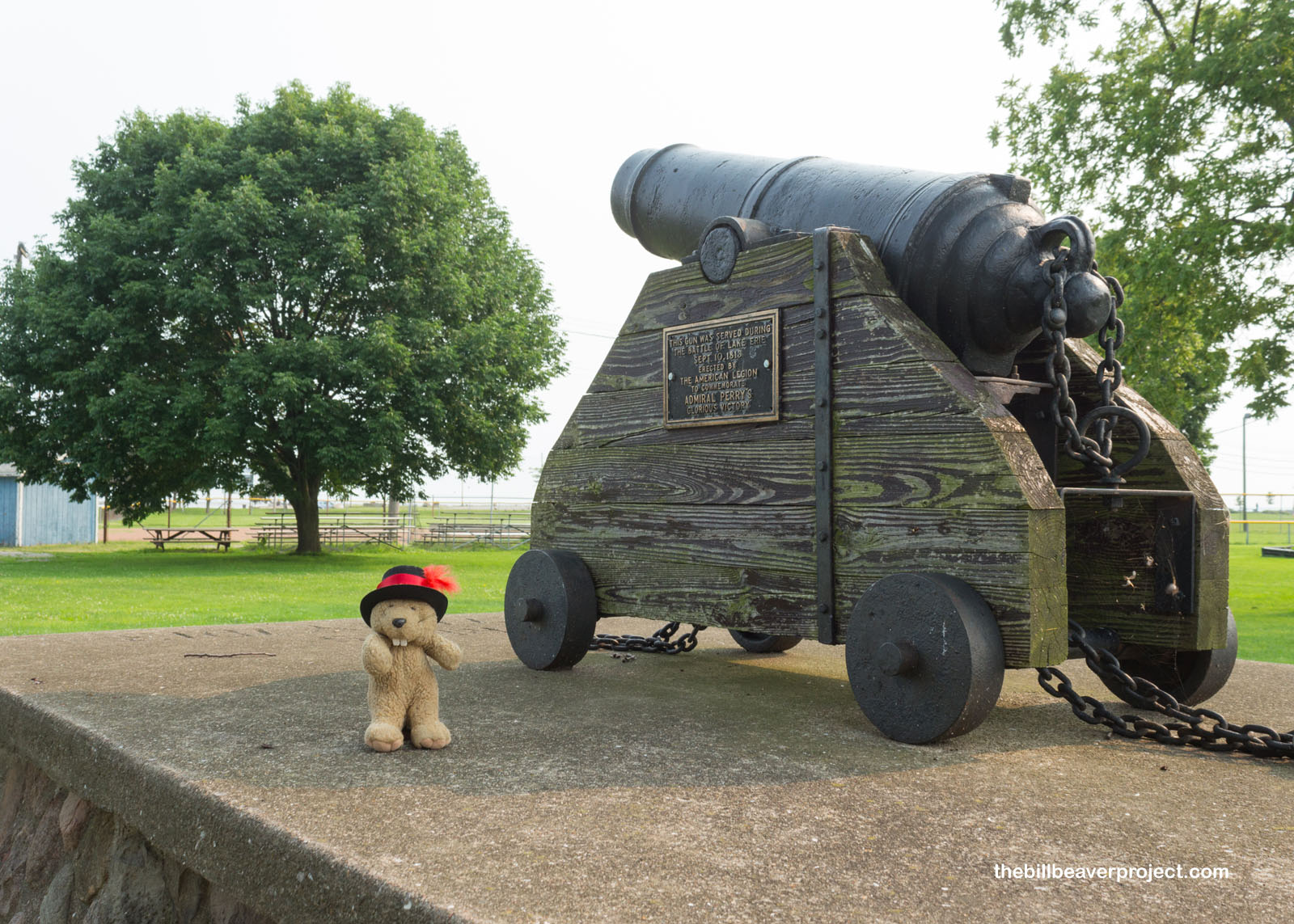 |
At Put-In-Bay on South Bass Island, stands a grand column commemorating the victory of Oliver Hazard Perry in the Battle of Lake Erie! It was a victory that defied all odds, because his flagship, the Lawrence had been all but obliterated while he was still on it. Unlike the ship’s namesake, Captain James Lawrence, whose dying words were “Don’t give up the ship,” Commodore Perry and four shipmates rowed a small cutter through gunfire from the Lawrence to the Niagara, which they redirected through British lines while the British Detroit and Queen Charlotte collided with each other! With the wind on their side, the American fleet took down the British ships one by one, leading Commodore Perry to compose his famous line, “We have met the enemy, and they are ours.”
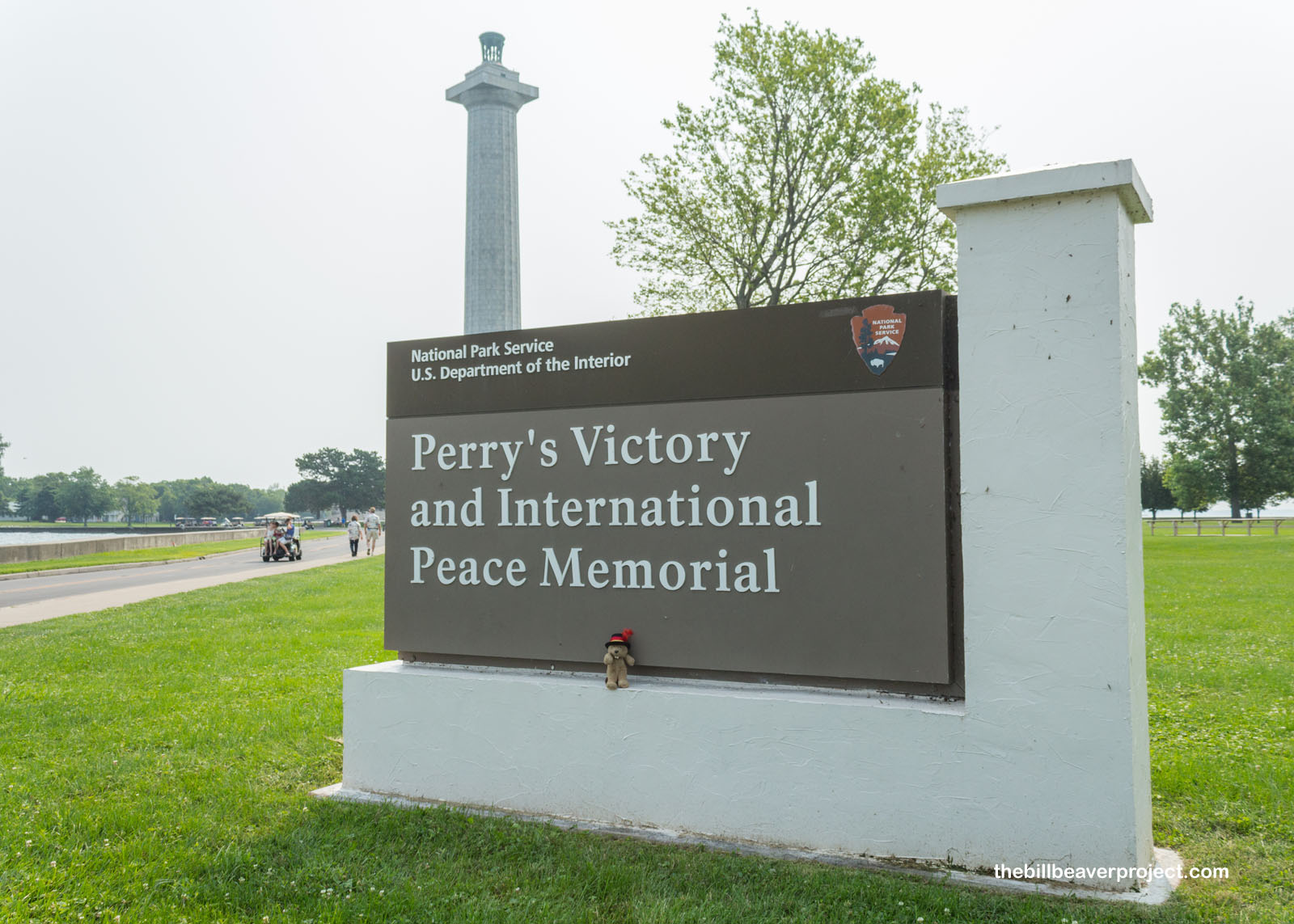 |
This was a super important victory during the war, because it gave Americans control of Lake Erie, forced the British troops to abandon Fort Malden in Amherstburg, Ontario, and ultimately secured Ohio and Michigan as future US states! For that reason, the memorial to this accomplishment is so big that I had a really hard time fitting it all in one photo!
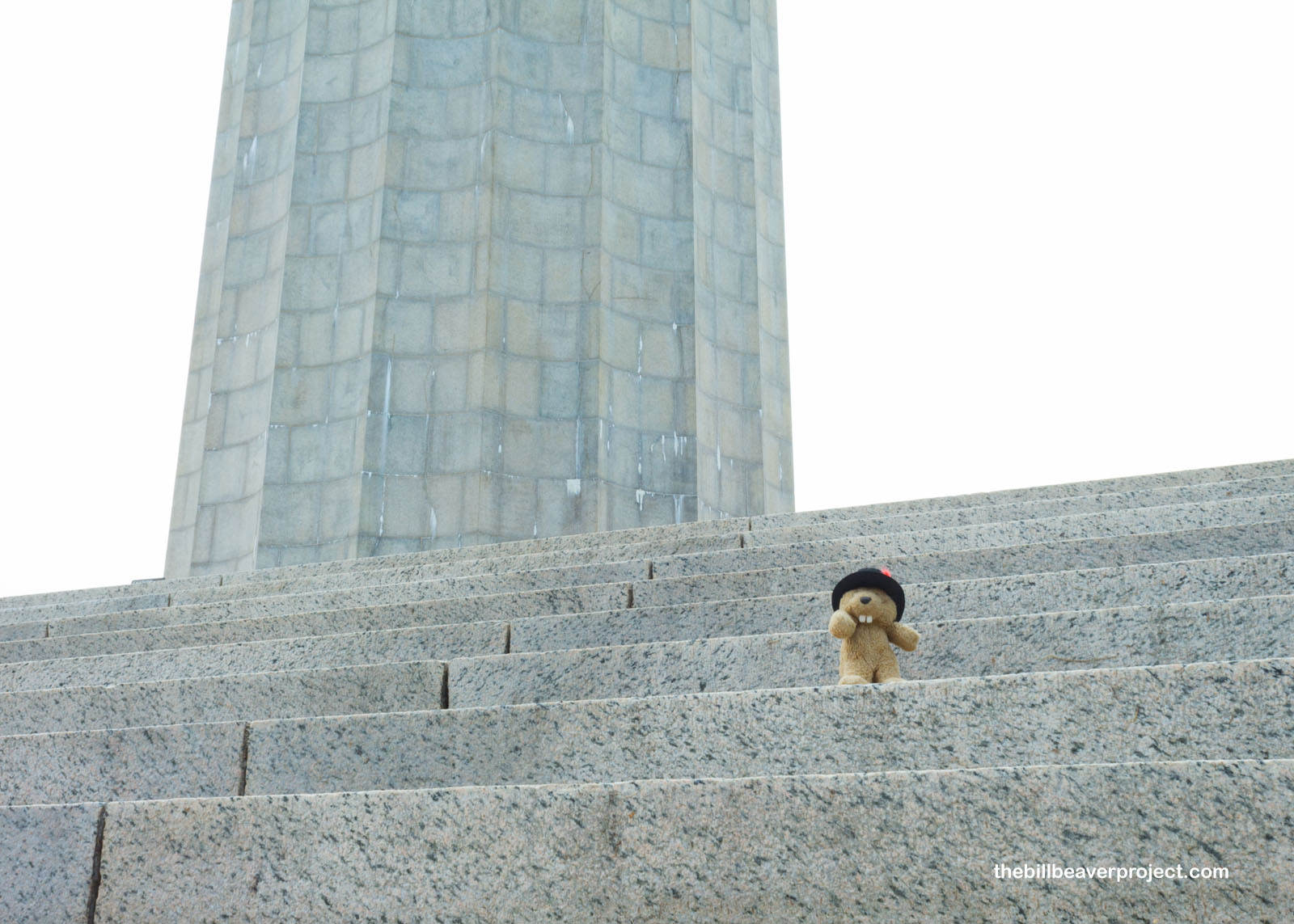 |
Anyway, the second half of Perry’s Victory & International Peace Memorial commemorates the Rush-Bagot Agreement of 1817, which limited how many ships from the US or Canada could be on the Great Lakes at a time. This agreement, only 6 paragraphs long, is preserved in bronze inside the memorial. It set the foundation for a peaceful, unfortified border between the US and Canada, which, apart from a Pig War in 1846, has remained pretty undisturbed!
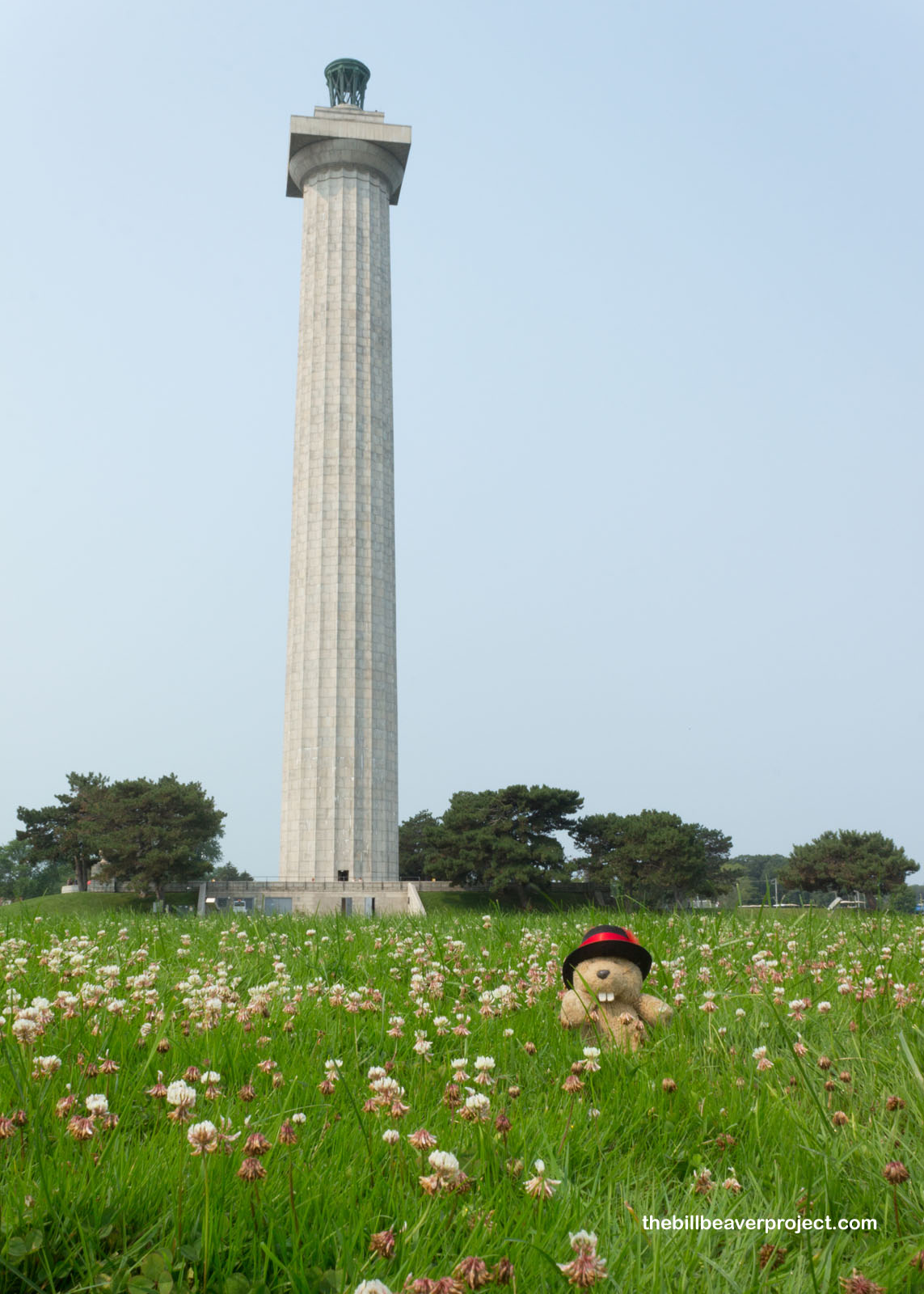 |
From here, I took a turn around the shore of Lake Erie, through Toledo, into the Wolverine State, where a very different kind of battle took place during the War of 1812. This was River Raisin National Battlefield Park!
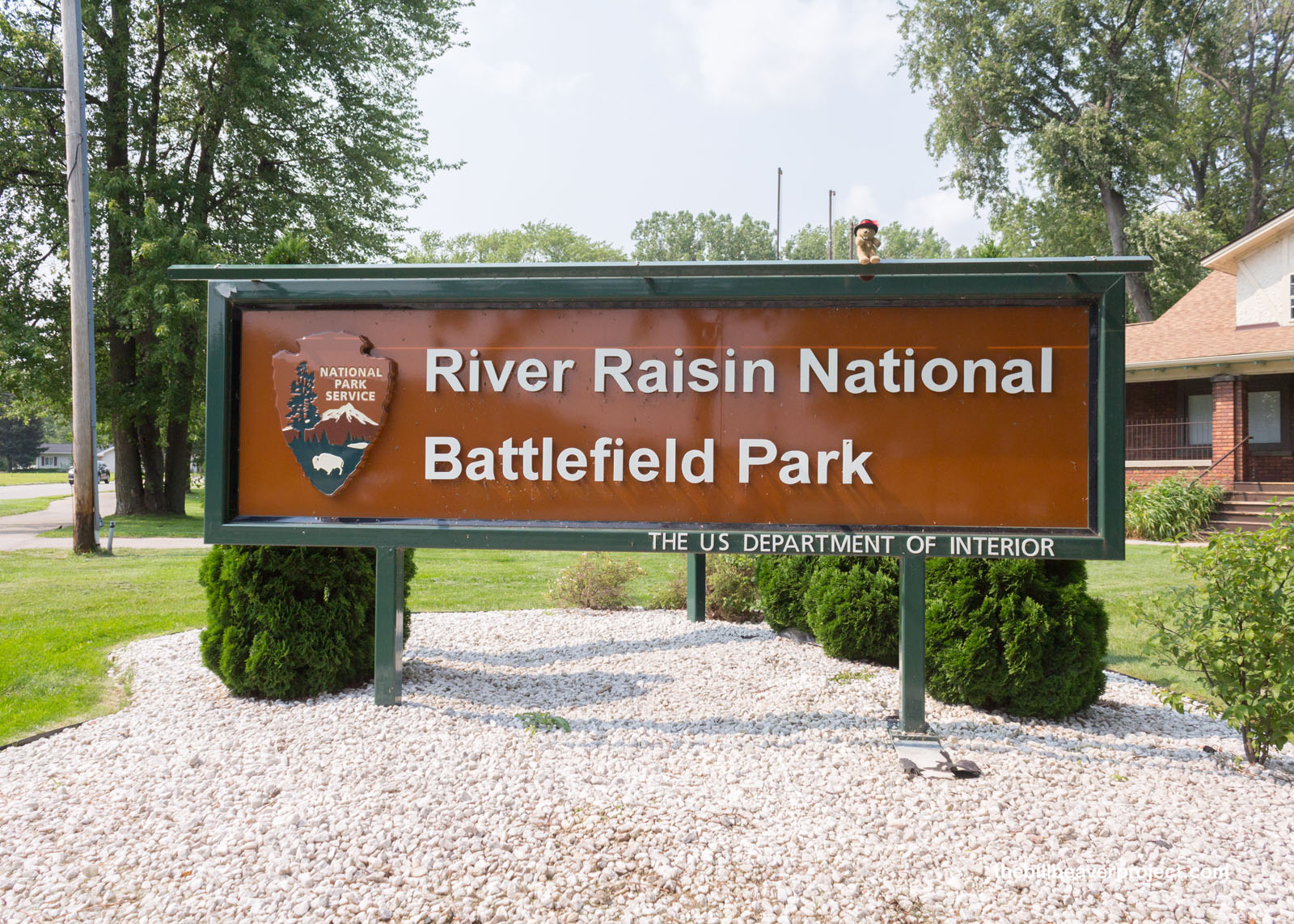 |
Why River Raisin, you ask? Were there lots of snacks there? Were residents wrinkly but sweet? Well, French-Canadian settlers moved here in the late 1700s and found lots of wild grapes growing on the riverbanks, so they named it Le Riviere aux Raisins, which became the River Raisin after English-speakers took over!
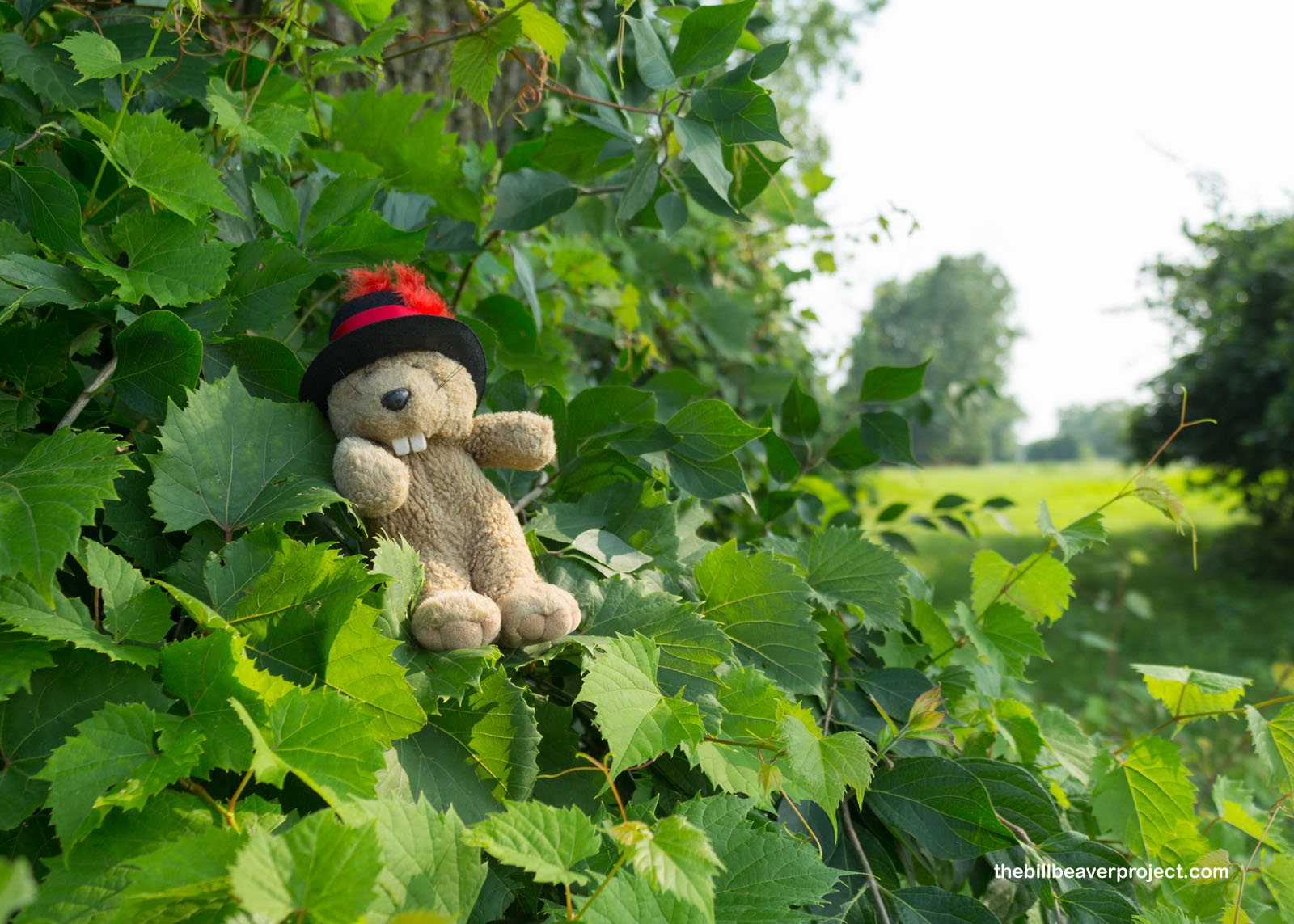 |
Anyway, the main action in the two battles of the River Raisin centered around a community called Frenchtown. Today, as you might imagine, nothing is left of Frenchtown except for signs roughly where the land parcels stood, what life was like before the conflict, and what ruin arrived in these folks’ backyards starting January 18, 1813!
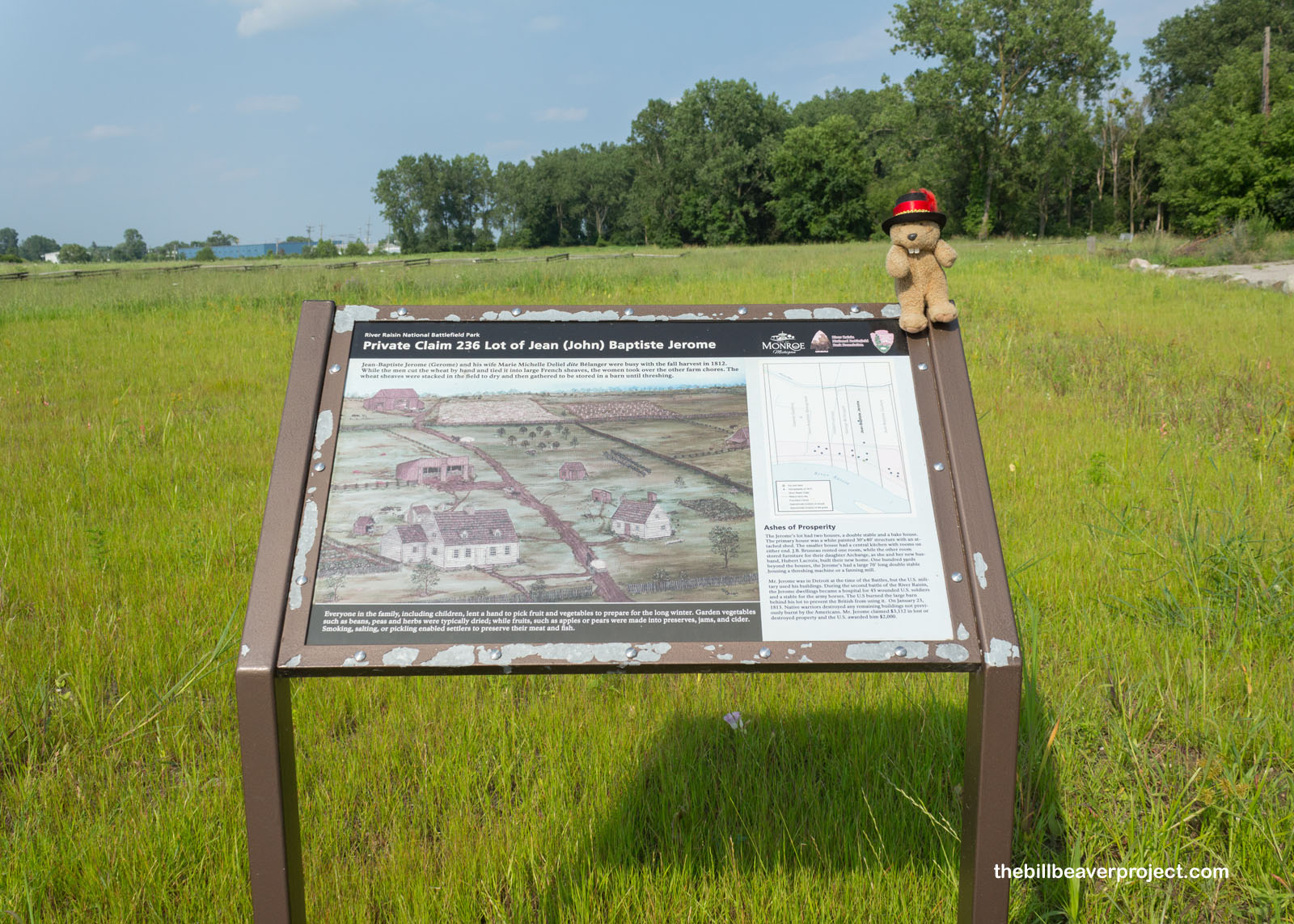 |
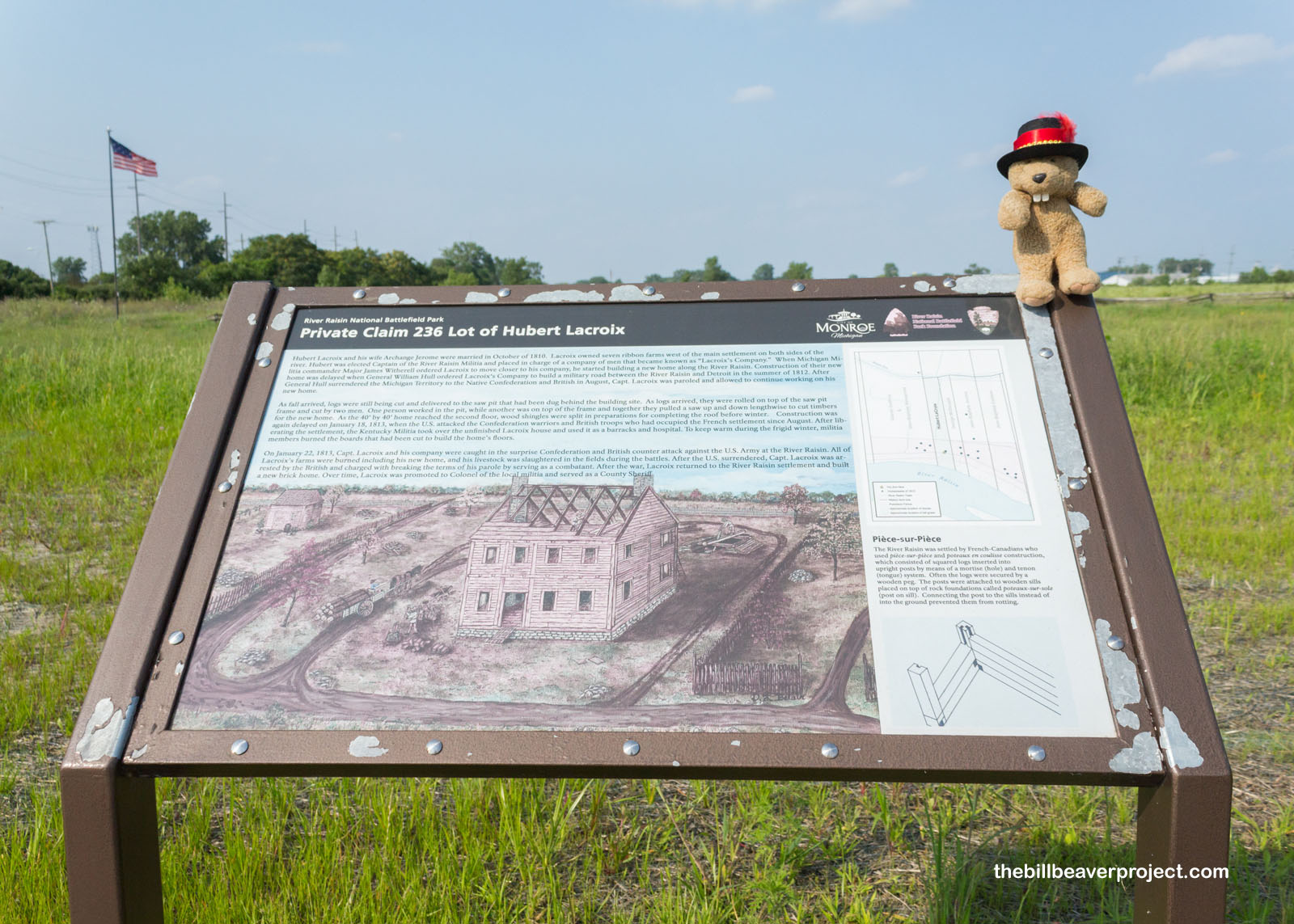 |
In the first Battle of River Raisin, 667 Kentucky militia and 100 locals under General James Winchester converged on Frenchtown en route to reclaim the city of Detroit. They drove out its British occupants and, instead of fortifying Frenchtown or continuing north, they partied for four days! General Winchester had a hard time controlling all of these troops, so, on the 22nd of January, 1200 British troops and Native-American allies countered, scattering the Americans and capturing General Winchester, who surrendered his entire force! 387 Americans were killed, 500 captured, and only 33 escaped, leaving plans to retake Detroit in ruins!
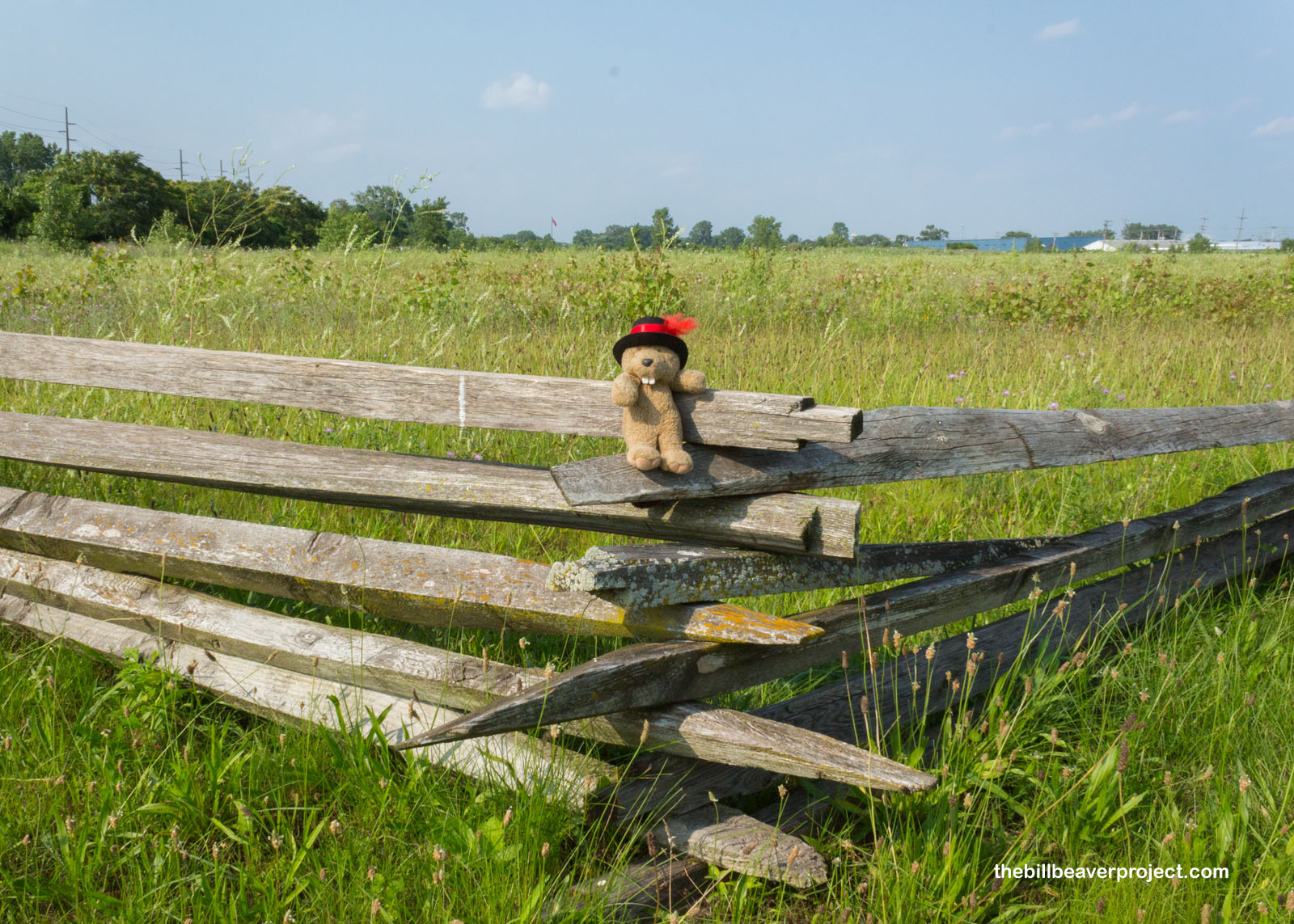 |
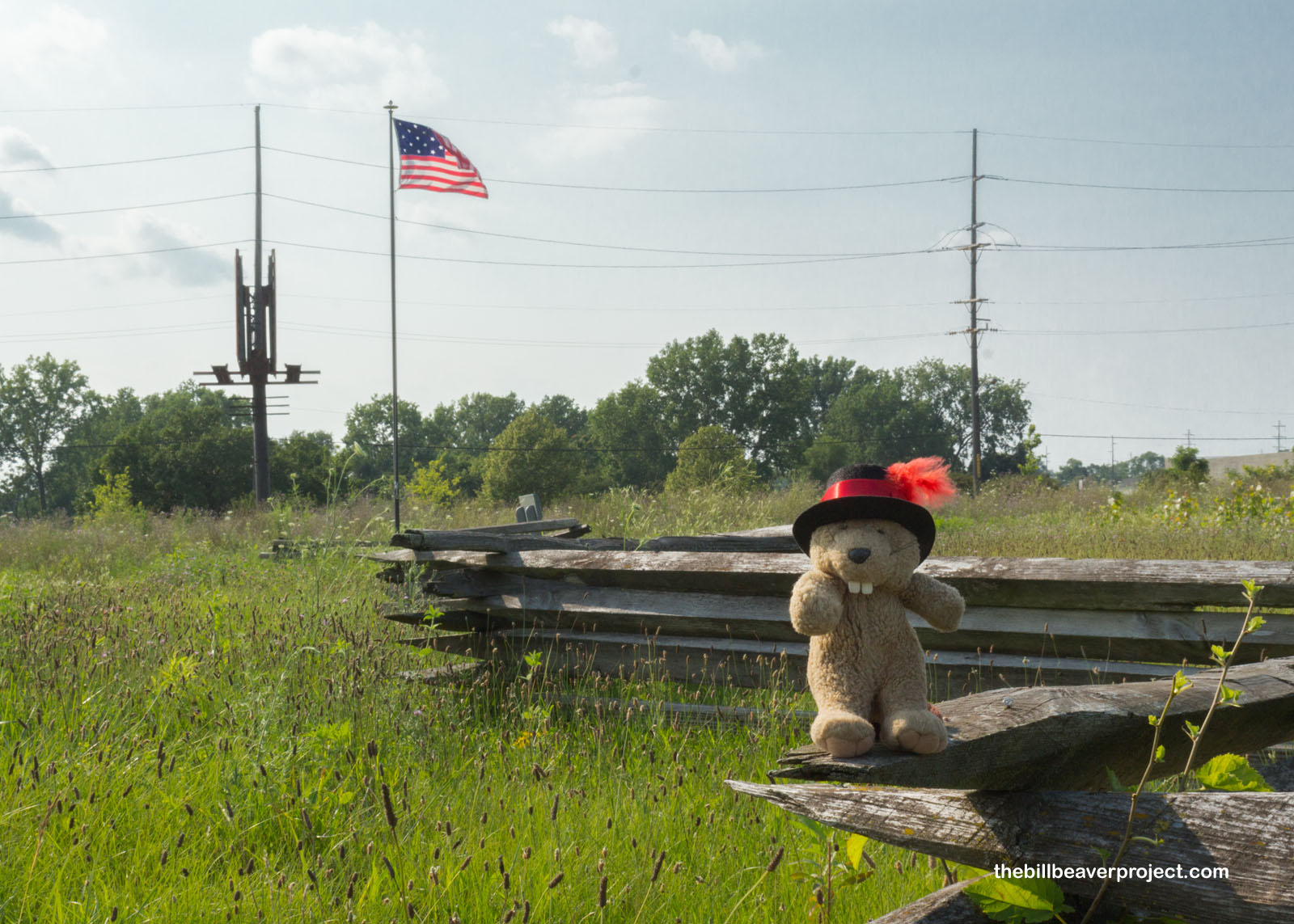 |
Though the British withdrew after the surrender, the following morning, a group of Native warriors returned to Frenchtown, looted the town, captured the able-bodied, and butchered those who were too wounded to travel. The town sat in a state of ruin until September 27 as Colonel Richard M. Johnson rode through en route to ultimate victory in Detroit and the Battle of the Thames. These soldiers were driven by America’s first rallying cry, inspired by the Frenchtown massacre: “Remember the Raisin!”
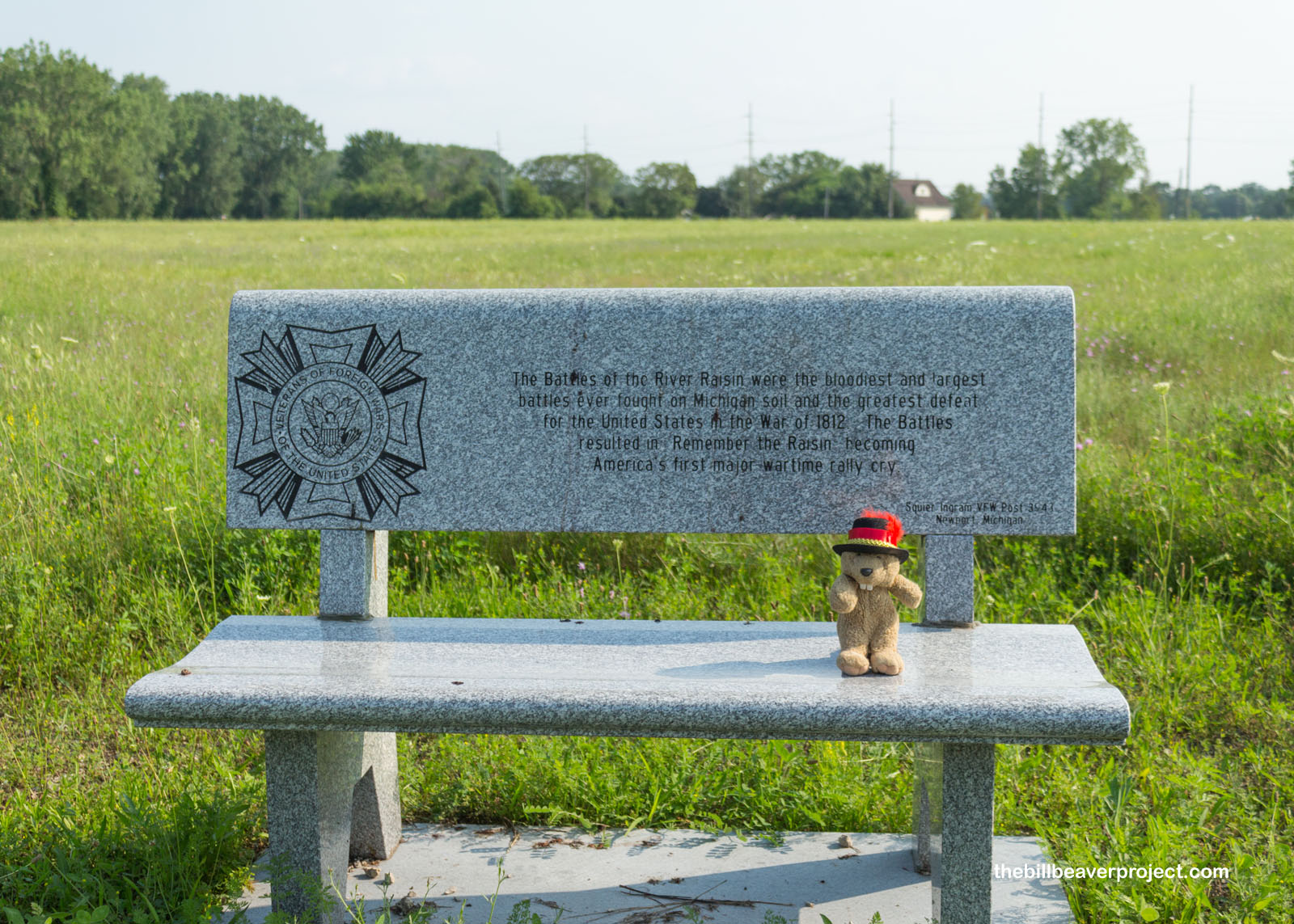 |
Because of this massacre, Michigan’s territorial governor, Lewis Cass, spearheaded a campaign to remove all Native tribes from the Northwest Territories and send them “west of the Mississippi.” He was so successful in this that Andrew Jackson made him Secretary of War in 1831, giving him full responsibility for implementing the Indian Removal Act. This far-reaching act of revenge extended well beyond the Northwest Territories and displaced people nationwide through such awful methods as the Trail of Tears!
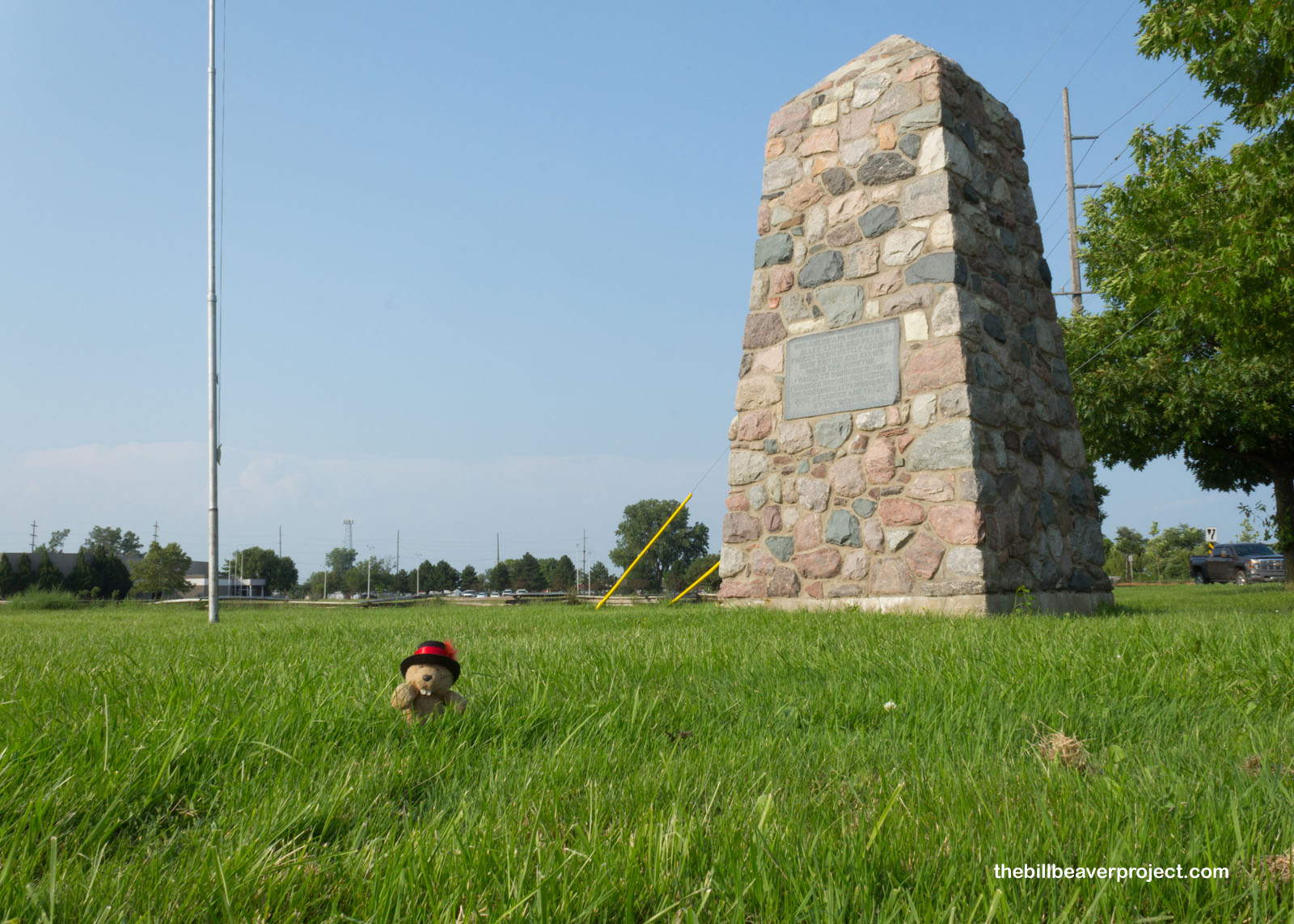 |
The founding of our nation sure is complicated, with victories to celebrate and side effects to examine. The War of 1812, while ultimately a land grab against the British and Native tribes, did produce some unique acts of heroism and secured key areas of what we now call the United States. I sure was glad that places like the two I visited today are still around to tell the tale!
Have a grape evening!

P.S. I drove back to the Cleveland area only to find that my hotel reservation was for next week! It turns out, I’d booked so many adventures at once that I’d gotten my dates mixed up, which is exactly what happened the last time I was in Ohio! What a mess… Let that be a lesson to us all: Triple check your bookings before you hit “Confirm!”
 More 2021 Adventures |
Total Ground Covered: 295.0 mi (474.8 km) |
 Next Leg |
